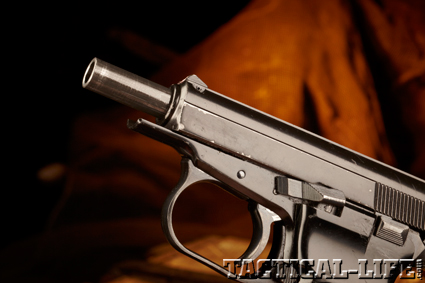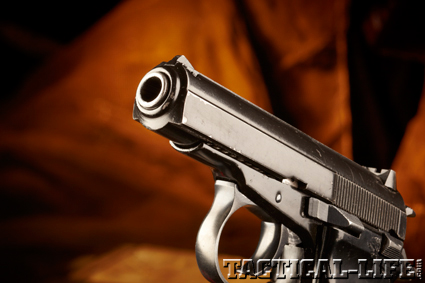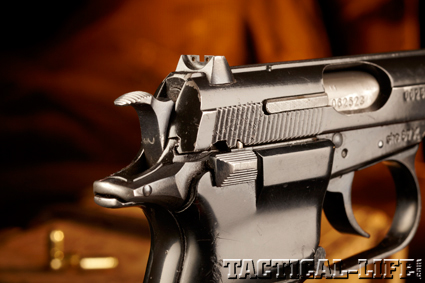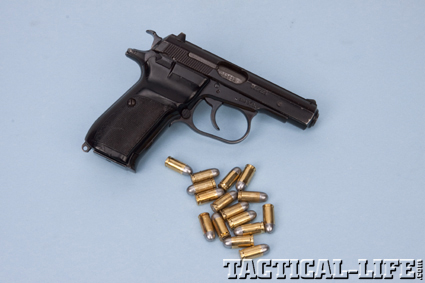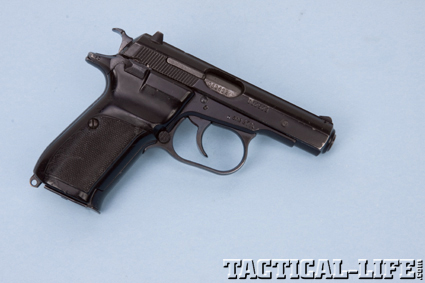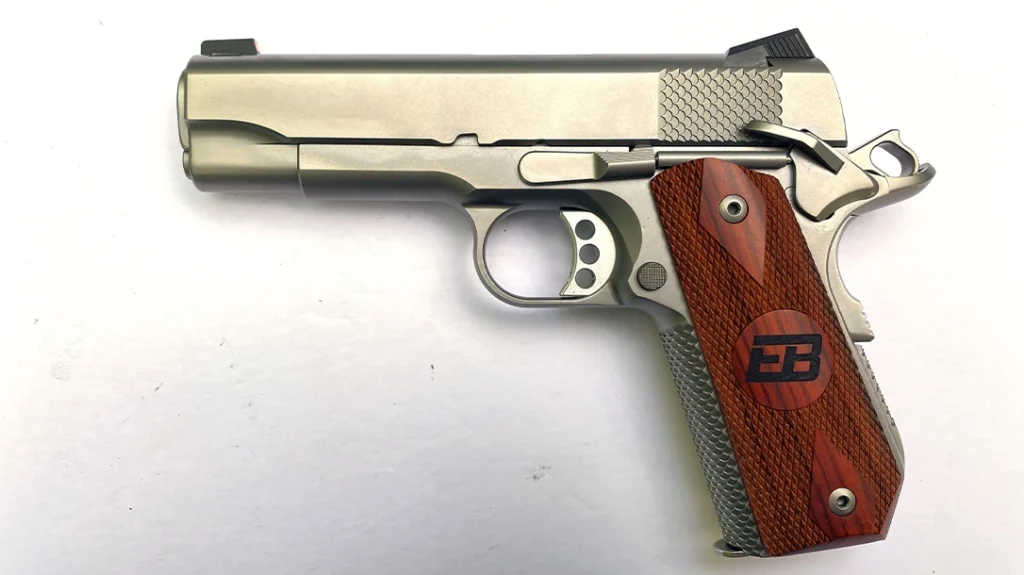The Czech vz. 82 may be the best sidearm used by a Soviet satellite state. It isn’t just another copy of the USSR’s famed Pistolet Makarova (PM), though it uses the same 9x18mm chambering. The Czechs had no choice in accepting the Makarov round, but they didn’t have to accept the Makarov pistol. As was usually the case, the Czechs took a path different from that of their Warsaw Pact comrades.
The USSR formed the Warsaw Pact in 1955 as a formal military alliance of countries behind the Iron Curtain. The formation of the Pact was a response to West Germany’s acceptance into the West’s NATO alliance. But really, the Warsaw Pact only formalized the structure the USSR established earlier to militarily dominate countries it occupied during World War II. The Warsaw Pact and its predecessor had a profound impact on Central and Eastern European small arms, which can still be seen today, over 20 years after the dissolution of the Soviet Union. The Red Army’s philosophy was to arm its troops with weapons that fired ammo that was also shared by its vassal states. From the close of World War II until 1951, that was the 7.62x25mm round, better known in the United States as the .30 Tokarev, named for Fedor Tokarev, the designer of the TT-33 pistol that fired it. After 1951, the Red Army’s official small-arm round was the 9x18mm Makarov.
For most Iron Curtain countries, the adoption of the official Red Army cartridge also led to the adoption of Red Army weapons. Most Soviet satellites and allies armed themselves first with TT-33s and then with PMs. In some cases, these were actual Russian-built; in others, locally manufactured copies. By the 1980s, a total of 35 nations had armed themselves with the PM, with the exception of Czechoslovakia, which had a vibrant arms industry and no interest in using someone else’s weapon design. The Czechs thought they could do better—and they were right…
Advertisement — Continue Reading Below
GET THIS ISSUE NOW! at www.tactical-life.com/subscribe/military-surplus/.


